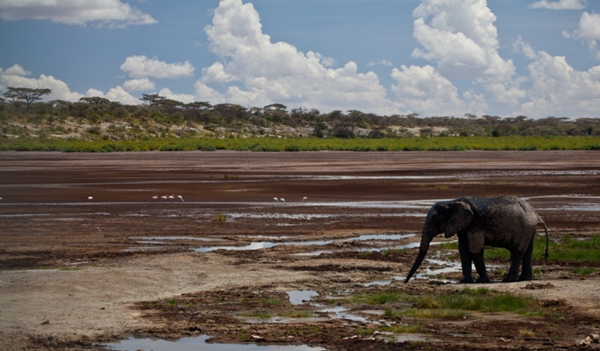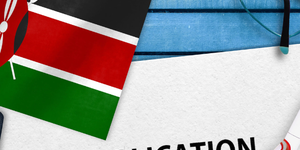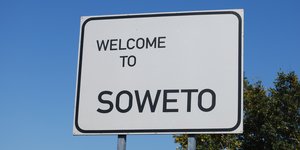Like this article?
Go on, give it a kudu!

Published on July 10 2013
Written by:
Fran
418 views
Conservation is a proven way of boosting species and ecosystem conservation. But the costs of conservation efforts and programs remain high, and usually funds for conservation are marginal. For some ecosystems such as Africa’s tropical regions, the imbalance between conservation actions and available funding is extremely severe. Conservationists explain that this severity is due to the high density of conservation needy species in the tropical regions, and the intense onslaught on these ecosystems for settlements, agricultural land, and forest logging.
Although conservation is underfunded around the world, funding is even scarcer for Africa. A continent depicted by poverty and poor economies, Africa has extremely limited finances to spare for conservation and species protection. Economists calculated that Africa’s conservation funds are not even enough to cover one twentieth of the amount needed for the continent’s conservation goals. While there are many organizations dedicated to raising funds for conservation, including the African Conservation Foundation, Conservation South Africa, and the African Conservation Trust, the struggle for funding continues.
The conservation figures
What does it cost to conserve threatened species? BirdLife International reported that an additional US$3 – US$5 billion is necessary per year to protect the species at immediate risk of extinction. Considering the costs of other prominent industries and government targets, it may seem not such a huge figure at all. But biodiversity and an economy generously supporting conservation are not directly related. The most diverse ecosystems are often found in the most impoverished economies. Yet conservationists remind us that we should not consider these expenditures as fees or expenditures. No, considering the value of biodiversity and the importance it bears for survival on Earth, we should rather see conservation costs as investments. There is another obstacle that needs to be overcome: donors are often concerned about how their contributions will be applied; after all it is not always possible to physically see the changes your donation is making to conservation.
Conservation focus: flagship species
Many conservation programs focus on one specific flagships species. According to WWF, a flagship species is one iconic animal that can be singled out among others because this specific animal will attract public attention. Presented in its natural environment, the flagship species can stimulate awareness for greater conservation goals. Flagship species of the African continent include the African elephant, the chimpanzee, gorilla and leopard to name a few. One of these species may attract greater funds than a general conservation plea, allowing conservationists the opportunity to protect the animal within its environment or ecosystem. But even flagship species conservation is extremely expensive and some people argue against this emotional approach – it does mean that many species will be overlooked.
Conservation planning: integrating conservation & economy
Systematic conservation planning is conservation with broader goals. It plans around biodiversity priority areas, working closely with land use planning and local communities. The cost effectiveness of systematic conservation planning is widely acknowledged, particularly as systematic conservation planning aims to achieve conservation targets at the lowest possible cost. One of the key differences of conservation planning as opposed to conventional conservation, is the land owner. Whereas conventional conservation requires a conservation organization to buy land for conservation purposes, the goal for conservation is now transferred to all land owners in biodiversity priority areas. In working alongside land owners, the immense costs of acquiring land are reduced.
Conservationists and conservation organizations may be reluctant to let any factor other than biology and species conservation dictate conservation efforts, but in our current times of struggling economies we need to find an appropriate and efficient mid-way. Including conservation targets in spatial planning, and planning around biodiversity priority areas are cost-effective ways of conservation. Still, this does not mean that your donation or contribution to conservation and species extinction are not needed. Conservation organizations are increasingly forming part of conservation planning strategies – meaning that your donations will be put to good use!
Sources:
Cost of saving endangered species £50bn a year, say experts. The Guardian, Friday 12 October 2012
Naidoo, R., Balmford, A., Ferraro, P. J., Polasky, S., Ricketts, T. H., Rouget, M. (2006). Integrating economic costs into conservation planning. TRENDS in Ecology & Evolution. Volume 21 No. 12
Has been on: 11 safaris
Seeing beyond the average tourist routes and experiencing local life is my type of travel! Living in South Africa I'm an environmentalist at heart, and I continue to marvel at the beauty of the African continent.
© Your African Safari Ltd, All rights reserved.
Your African Safari is a safari-planning and safari review site. It was created to help support a healthy African wildlife population. All reviews are vetted before being approved and only ethical tours are published

All about the Masai giraffe
Published on March 07 2024
By: yourafricansafari.com

Kenya's Electronic Travel Authorization system (eTA) now in effect
Published on January 05 2024
By: yourafricansafari.com

Layover in Johannesburg? We’ve got you covered!
Published on July 18 2023
By: yourafricansafari.com